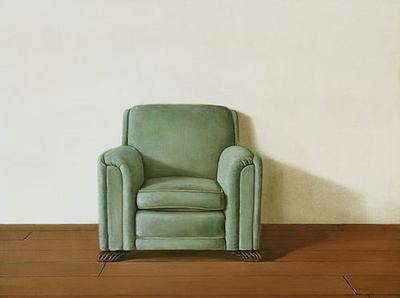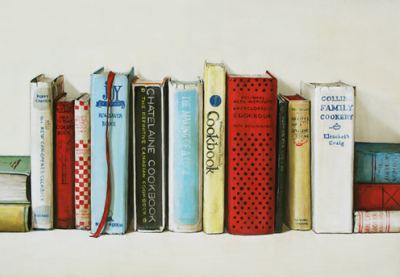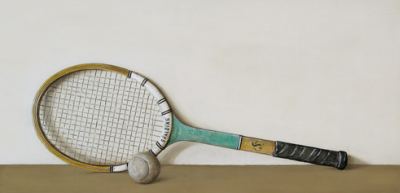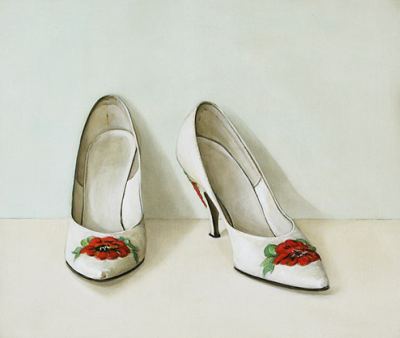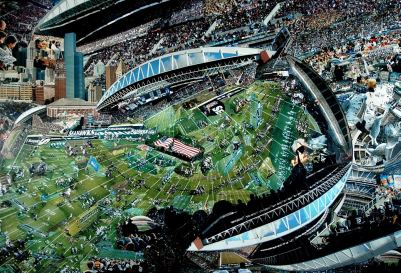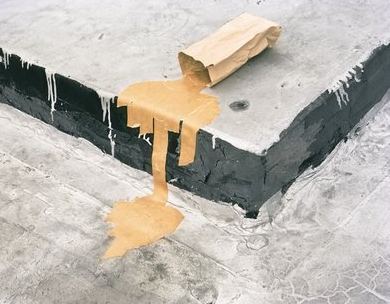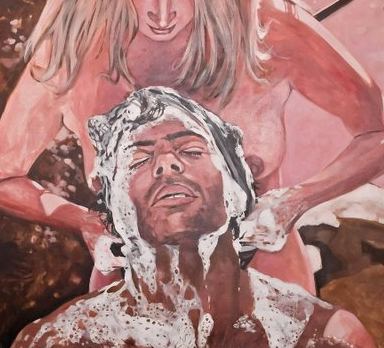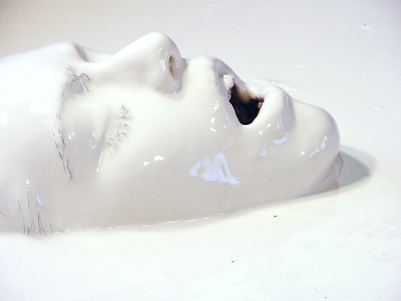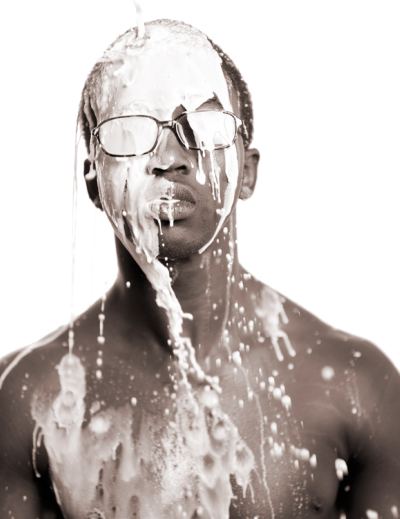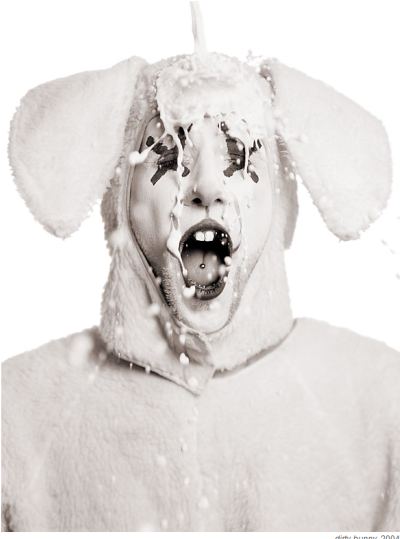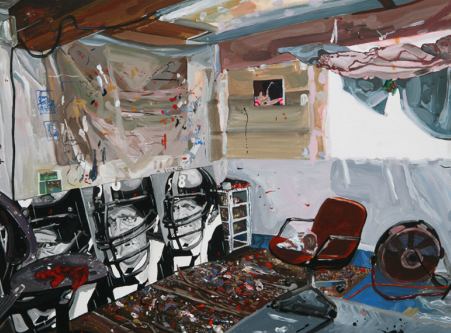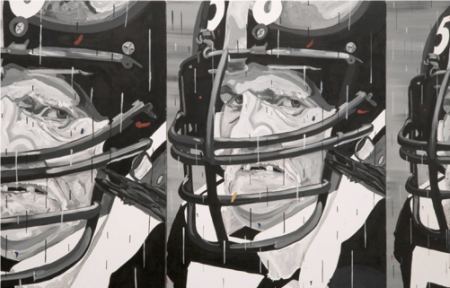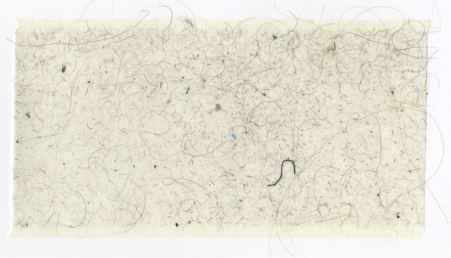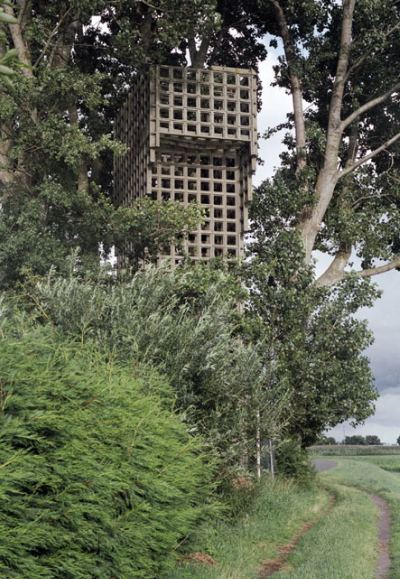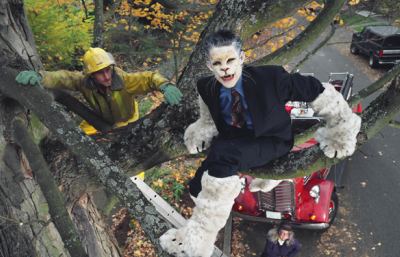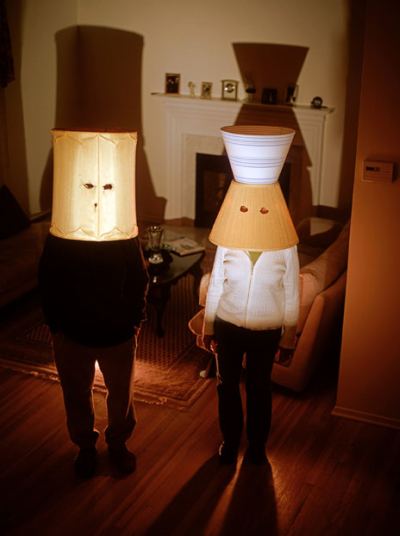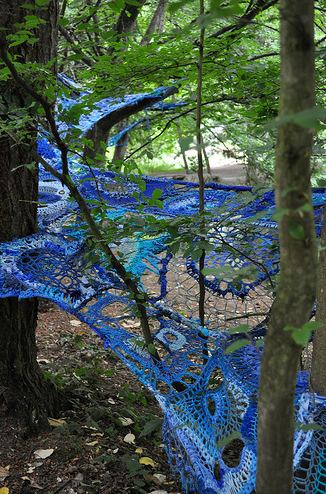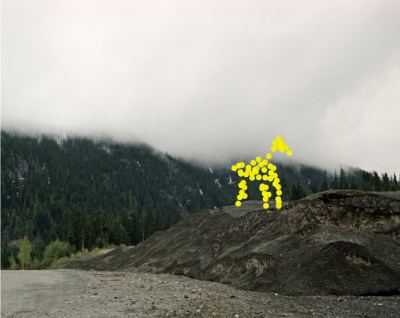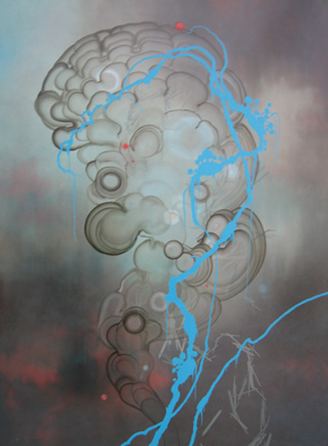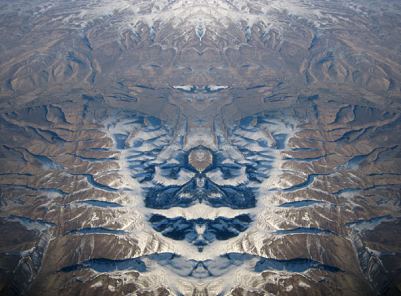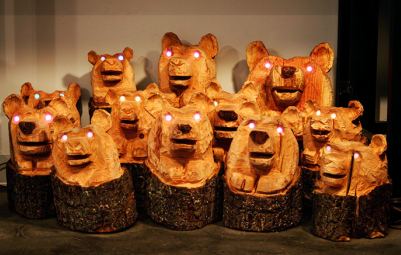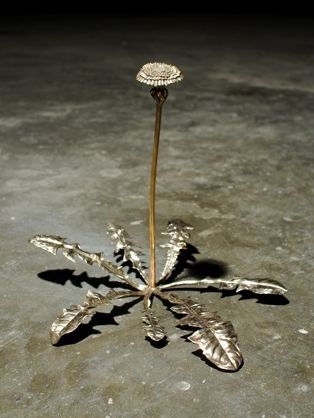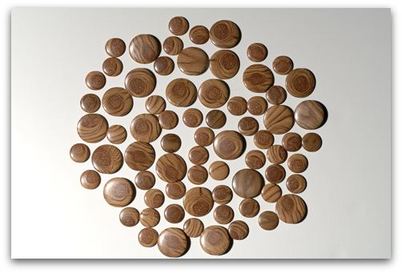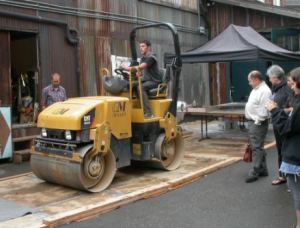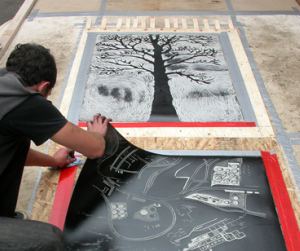On the West Coast, from Northern California to Seattle, a gestural
kind of painterly landscape abstraction took root in the 1950s and
1960s, sometimes but not always with figures in it.
Prime movers included David Park, Joan Brown, Elmer Bishop, Manuel Neri, Nathan Oliveira, Jay DeFeo, Richard Diebenkorn and, in Seattle, William Ivey, Boyer Gonzales, Margaret Tompkins, Robert C. Jones and Michael Dailey, who died this weekend after a brief illness.
Dailey was one of the youngest and most steadfastly abstract. Once he
found his style he didn’t change it until forced by health reasons.
(Early Morning Landscape, 1968, oil)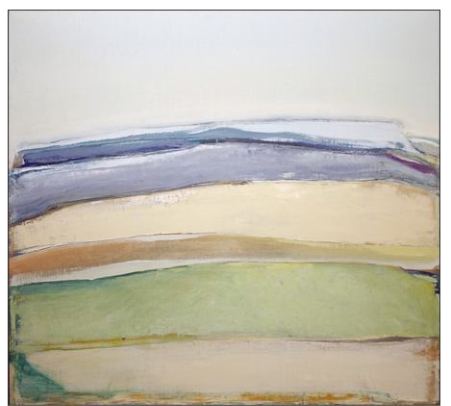 In the 1960s, using oil paint, he began to make colors float. His canvases are full of ripe colors only loosely contained within their frames. I’ve always had the feeling if I put a finger under one of his buoyant passages, I could flip it into the air.
In the 1960s, using oil paint, he began to make colors float. His canvases are full of ripe colors only loosely contained within their frames. I’ve always had the feeling if I put a finger under one of his buoyant passages, I could flip it into the air.
That was enough for him, and he’d undoubtedly be doing it still had oil paint not become more than his balance and lungs could bear.
Dailey lived with multiple sclerosis since his 30s. While he loved the depth and illusion of oxygen he got from oil, he was ready to make the change when change was inevitable.
Acrylics took away his bounce, but what developed as a replacement has become as intriguing. Dailey painted flat smears of color that drag themselves across space and fight with their frames, which are constantly realigning their positions.
(Biscay Blue, acrylic/canvas, 2000)
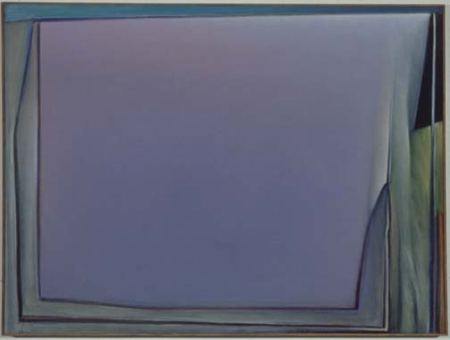 Seattle art museums being what they are, none has seen fit to provide one of the Northwest’s most singular colorists a retrospective, which is why the Greg Kucera Gallery joined forces with Dailey’s gallery, Francine Seders, to provide one last January.
Seattle art museums being what they are, none has seen fit to provide one of the Northwest’s most singular colorists a retrospective, which is why the Greg Kucera Gallery joined forces with Dailey’s gallery, Francine Seders, to provide one last January.
Dailey:
People have noted the complexity of my color and have given me credit for skill that more properly should be given to persistence and experimentation. This process of improvisation and revision has been the basis of my work since the beginning.
Born in Des Moines, Iowa, he received BA and MFA degrees from the University of Iowa. From 1963 to 1998, he taught painting and drawing in the School of Art at the University of Washington.
Besides Francine Seders, he is represented by Laura Russo Gallery in Portland, Oregon. His work is included in the collections of the Museum of Modern Art, The Smithsonian Institution, The Municipal Gallery of Modern Art, Dublin, Ireland, The Seattle Art Museum, The Tacoma Art Museum, the Portland Art Museum, and the University of Washington.
Dailey is survived by his wife Linda, son John, daughter Susanne Kelly, son-in-law Jeff Kelly and granddaughters Jane and Tess. Funeral services will be private.



